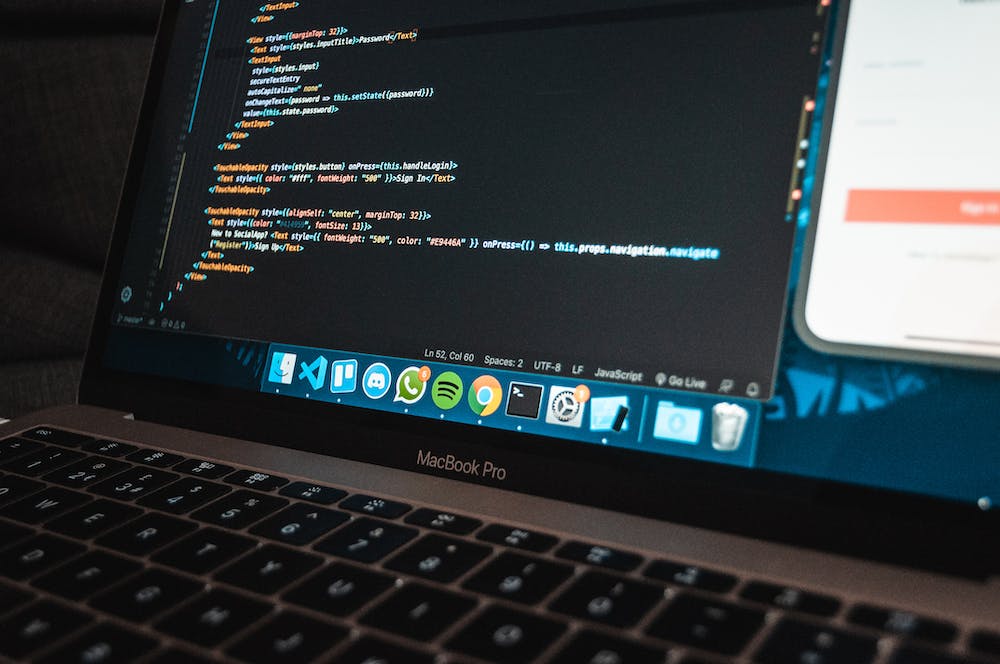
Composer is a dependency manager for PHP. IT allows you to declare the libraries your project depends on and it will manage (install/update) them. If you are a PHP developer, Composer is an essential tool in your toolbox. In this step-by-step tutorial, we will guide you through the process of installing and configuring Composer on your system.
Step 1: Installing Composer
The first step in installing Composer is to open your terminal or command prompt and run the following command:
php -r "copy('https://getcomposer.org/installer', 'composer-setup.php');"
This command will download the Composer installer to your system. Next, you need to verify the integrity of the downloaded installer. Run the following command:
php -r "if (hash_file('sha384', 'composer-setup.php') === 'e0012edf3e80b6978849f5eff0d4b4e4c79ff1609dd1e613307e16318854d24ae64f26d17af3ef0bf7cfb710ca74755a') { echo 'Installer verified'; } else { echo 'Installer corrupt'; unlink('composer-setup.php'); } echo PHP_EOL;"
If the output says “Installer verified,” then you can proceed to install Composer by running the following command:
php composer-setup.php --install-dir=/usr/local/bin --filename=composer
This command will move the Composer.phar file to the /usr/local/bin directory and rename it to composer. You can verify the installation by running the command:
composer --version
If the installation was successful, you should see the version of Composer installed on your system.
Step 2: Configuring Composer
Once Composer is installed, you need to configure it to work with your development environment. The first thing you need to do is set up your preferred package repositories. You can do this by creating a file named composer.json in your project’s root directory. Here is an example of a composer.json file:
{
"name": "your-project-name",
"require": {
"monolog/monolog": "^1.0"
}
}
In this example, we have defined a project name and a requirement for the Monolog library. You can replace these values with your own project name and library requirements. Once you have defined your composer.json file, you can run the composer install command in your terminal to fetch and install the required libraries.
Conclusion
Installing and configuring Composer is an essential part of any PHP development workflow. With Composer, you can easily manage the dependencies of your project and ensure that your code is using the latest and most secure versions of libraries. By following this step-by-step tutorial, you should now have Composer up and running on your system, ready to supercharge your PHP development work.
FAQs
What is Composer?
Composer is a dependency manager for PHP. It allows you to declare the libraries your project depends on and it will manage (install/update) them.
Can I use Composer to install global packages?
Yes, you can use Composer to install packages globally by adding the --global option to your install command.
How do I update Composer to the latest version?
You can update Composer to the latest version by running the following command in your terminal: composer self-update





